How to Develop Your Own Drawing Style
Developing your own drawing style is like embarking on a thrilling adventure where every stroke of your pencil or brush reveals a part of your identity. It’s not just about mastering techniques; it’s about uncovering the unique voice that lies within you. Think of it as crafting your personal signature in the vast world of art. But how do you begin this exciting journey? Let’s dive into the essential steps that will guide you in shaping a drawing style that is distinctly yours.
Drawing styles are not merely a set of techniques; they are personal expressions that reflect an artist's thoughts, emotions, and experiences. Each artist has a unique perspective on the world, and this individuality is what makes their artwork resonate with others. Understanding the fundamentals of various drawing styles can help you identify what resonates with you. For instance, some artists might lean towards realism, while others may find their voice in abstract forms. By exploring these different styles, you can begin to shape your own artistic journey.
Experimenting with various drawing techniques is crucial to developing your style. Techniques like cross-hatching or stippling can significantly influence the outcome of your work. Imagine each technique as a different flavor in a recipe; the more you try, the richer your artistic palette becomes. Incorporating diverse methods into your practice can lead to a more unique outcome, allowing your personality to shine through your artwork. Here are a few techniques to consider:
- Cross-Hatching: A technique that uses intersecting lines to create texture and depth.
- Stippling: Creating images using small dots, which can give a soft and delicate appearance.
- Blending: Softening edges and creating gradients for a more realistic look.
Traditional drawing techniques, like pencil and charcoal, serve as a classic foundation for any artist. Mastering these methods can provide a solid base for developing your personal style while exploring new dimensions in your artwork. For instance, the smoothness of a pencil allows for fine details, while charcoal can create dramatic contrasts. By understanding the strengths and limitations of these materials, you can start to experiment and push the boundaries of your creativity.
Incorporating modern techniques, such as digital drawing, can significantly expand your creative possibilities. With technology at your fingertips, you can explore a myriad of styles that were once unimaginable. Digital tools allow for easy experimentation without the fear of wasting materials. You can play with colors, shapes, and effects to discover new artistic avenues. This section examines how technology can enhance your artistic expression and help you discover new styles that align with your vision.
Using mixed media in your drawings can create depth and texture that a single medium might not achieve. Imagine layering watercolor with ink or combining pastels with charcoal; the possibilities are endless! This approach not only adds visual interest but also allows you to express your ideas in a more nuanced way. By combining different materials and techniques, you can lead your work toward a more distinctive artistic voice that truly reflects who you are.
Inspiration is crucial for developing a personal drawing style. It can come from various sources, including nature, art history, and contemporary artists. The world is brimming with ideas waiting to be transformed into your unique artwork. Consider visiting art galleries, exploring nature trails, or simply observing the everyday life around you. These experiences can fuel your creativity and spark new ideas, helping you to grow as an artist.
Consistent practice is key to refining your drawing style. Just like any skill, the more you draw, the better you become. Setting aside time for drawing and experimenting with new ideas fosters growth and confidence. Think of it as building a muscle; the more you work it, the stronger it gets. Whether it’s sketching for 10 minutes a day or dedicating a few hours each week, regular practice will make a significant difference in your artistic journey.
Establishing clear goals for your artistic practice can help focus your efforts. Ask yourself what you want to achieve with your drawing style. Do you want to explore new techniques, or perhaps create a series of works that tell a story? Setting achievable objectives that align with your vision can provide direction and motivation. Remember, these goals can evolve as you progress, so keep an open mind and be adaptable.
Keeping a record of your drawings allows you to observe your evolution as an artist. Documenting your work can help you identify growth and areas for improvement. Consider creating a portfolio or a sketchbook where you can regularly reflect on your past creations. This practice not only boosts your confidence but also serves as a reminder of how far you’ve come.
Constructive feedback from peers or mentors can be invaluable in developing your style. Engaging with other artists can provide fresh perspectives and insights that you might not have considered. When seeking feedback, be open to criticism and use it as a tool for growth. Remember, every piece of advice is a stepping stone towards refining your artistic voice.
Q: How long does it take to develop a unique drawing style?
A: Developing a unique drawing style varies for each artist. It can take months or even years, but consistent practice and exploration will accelerate the process.
Q: Can I combine different styles in my artwork?
A: Absolutely! Many artists blend styles to create something entirely new and personal. Don’t be afraid to experiment.
Q: What if I feel stuck in my artistic journey?
A: It’s normal to feel stuck at times. Try changing your environment, seeking inspiration from new sources, or taking a break to recharge your creativity.

Understanding Drawing Styles
Drawing styles are like fingerprints; each one is unique to the artist, reflecting their thoughts, emotions, and experiences. When you pick up a pencil or brush, you're not just creating an image—you're sharing a piece of yourself with the world. Understanding the fundamentals of different styles can be a game changer in your artistic journey. It’s about finding what resonates with you and allows you to express your individuality.
Each artist’s style can be influenced by numerous factors, including their personal experiences, cultural background, and even the mediums they choose to work with. For instance, some artists may gravitate towards realism, where every detail is meticulously captured, while others might prefer abstraction, focusing on colors and shapes rather than lifelike representations. This diversity in styles is what makes the art world so vibrant and exciting!
To dive deeper into understanding drawing styles, here are some key elements to consider:
- Line Quality: The way you use lines can dramatically affect your style. Are your lines smooth and flowing, or are they rough and jagged? This choice can convey different emotions and set the tone for your artwork.
- Color Palette: The colors you choose can evoke feelings and create atmospheres. A bright, bold palette might suggest joy and energy, while muted tones could convey serenity or melancholy.
- Subject Matter: What you choose to draw also shapes your style. Are you drawn to portraits, landscapes, or abstract forms? Each subject can lead you down a different path in your artistic exploration.
Understanding these elements can help you identify what aspects you naturally lean towards, guiding you in developing your own unique style. But remember, your style will evolve over time. It's a journey, not a destination. As you grow and experiment, you’ll find that your preferences shift, and that’s perfectly okay!
In conclusion, embracing the concept of drawing styles can open up a world of possibilities for your artistic expression. By understanding the different elements that contribute to a style, you can begin to explore what resonates with you personally. So, grab your sketchbook, experiment with different techniques, and let your creativity flow. Your unique style is waiting to be discovered!
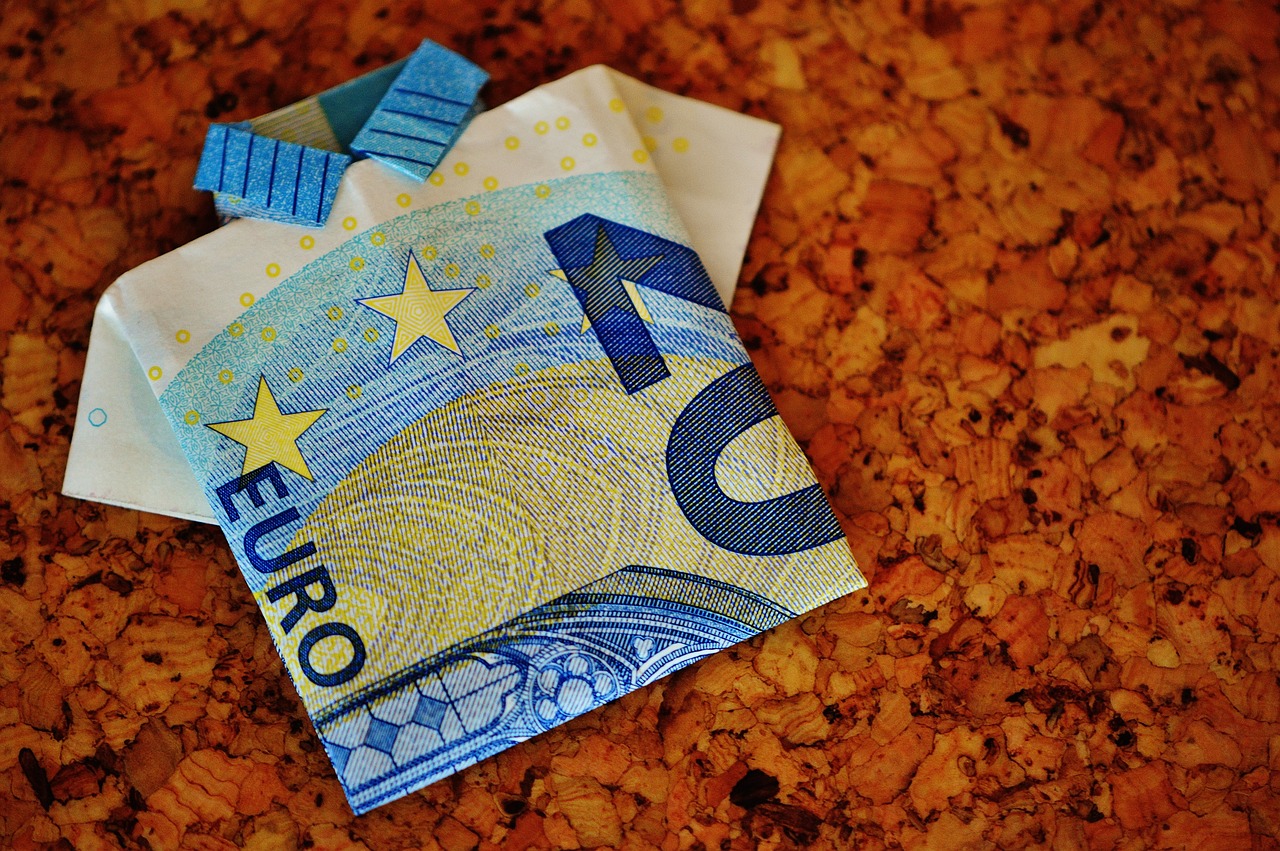
Exploring Different Techniques
When it comes to developing your own drawing style, one of the most exciting aspects is experimenting with different techniques. Think of it as a chef trying out various ingredients to create a unique dish. Just like a recipe, your artistic style can evolve and become richer by incorporating diverse methods. Whether you’re a beginner or a seasoned artist, exploring different techniques can significantly influence your creative output and help you discover what truly resonates with you.
Let’s dive into some popular drawing techniques that can add flair to your artwork:
- Cross-Hatching: This technique involves drawing closely spaced parallel lines to create shading and texture. The density and direction of the lines can produce various effects, making it a versatile tool in your artistic arsenal.
- Stippling: Using tiny dots to build up shading and texture, stippling can create a mesmerizing depth in your drawings. It’s like creating a starry night sky, where each dot contributes to the overall brilliance.
- Blending: Whether using a blending stump, your fingers, or even a cloth, this technique can soften harsh lines and create smooth transitions between shades. It’s perfect for achieving that dreamy, ethereal quality in your work.
Each of these techniques offers a unique way to express your ideas and emotions on paper. But don't stop there! Don’t hesitate to combine techniques to create something entirely new. For example, you might start with a stippling base and then add cross-hatching for depth. This kind of experimentation not only enhances your skills but also helps you find your distinctive voice as an artist.
Let’s not forget about the classic methods that have stood the test of time. Traditional drawing techniques, such as pencil and charcoal, provide a solid foundation for any artist. These materials are incredibly forgiving and allow for a range of expressions, from delicate lines to bold strokes. Imagine the feel of a pencil gliding across the paper, leaving behind a trail of graphite that slowly transforms into a work of art. Mastering these traditional techniques can significantly enrich your artistic journey.
In today’s digital age, incorporating modern techniques like digital drawing can open up a whole new world of creative possibilities. Using software and tablets, you can manipulate your artwork in ways that traditional mediums simply can't match. Want to change a color? No problem! Need to resize an element? Easy peasy! This flexibility allows you to explore styles that might be challenging to achieve on paper alone.
Another exciting avenue to explore is mixed media. Imagine combining watercolor with ink, or pastels with charcoal. The interplay of different materials can create stunning textures and depth in your artwork. It’s like being a mad scientist in your studio, mixing potions to see what reactions occur! By layering various techniques, you can develop a more distinctive artistic voice that sets you apart from others.
Ultimately, exploring different techniques is about finding what works best for you. Don’t be afraid to step outside your comfort zone. Try new things, make mistakes, and learn from them. Each technique you explore is a stepping stone toward developing a unique drawing style that truly reflects your individuality.
Q: How do I know which technique suits my style?
A: The best way to discover what suits you is to try various techniques. Spend time experimenting and notice which methods resonate with you and feel natural.
Q: Can I mix different techniques in one drawing?
A: Absolutely! Mixing techniques can lead to innovative results and help you develop a unique style. Don’t be afraid to combine them in ways that feel right to you.
Q: How often should I practice these techniques?
A: Consistent practice is key. Aim to set aside time regularly to explore different techniques and refine your skills. The more you practice, the more confident you’ll become in your abilities.
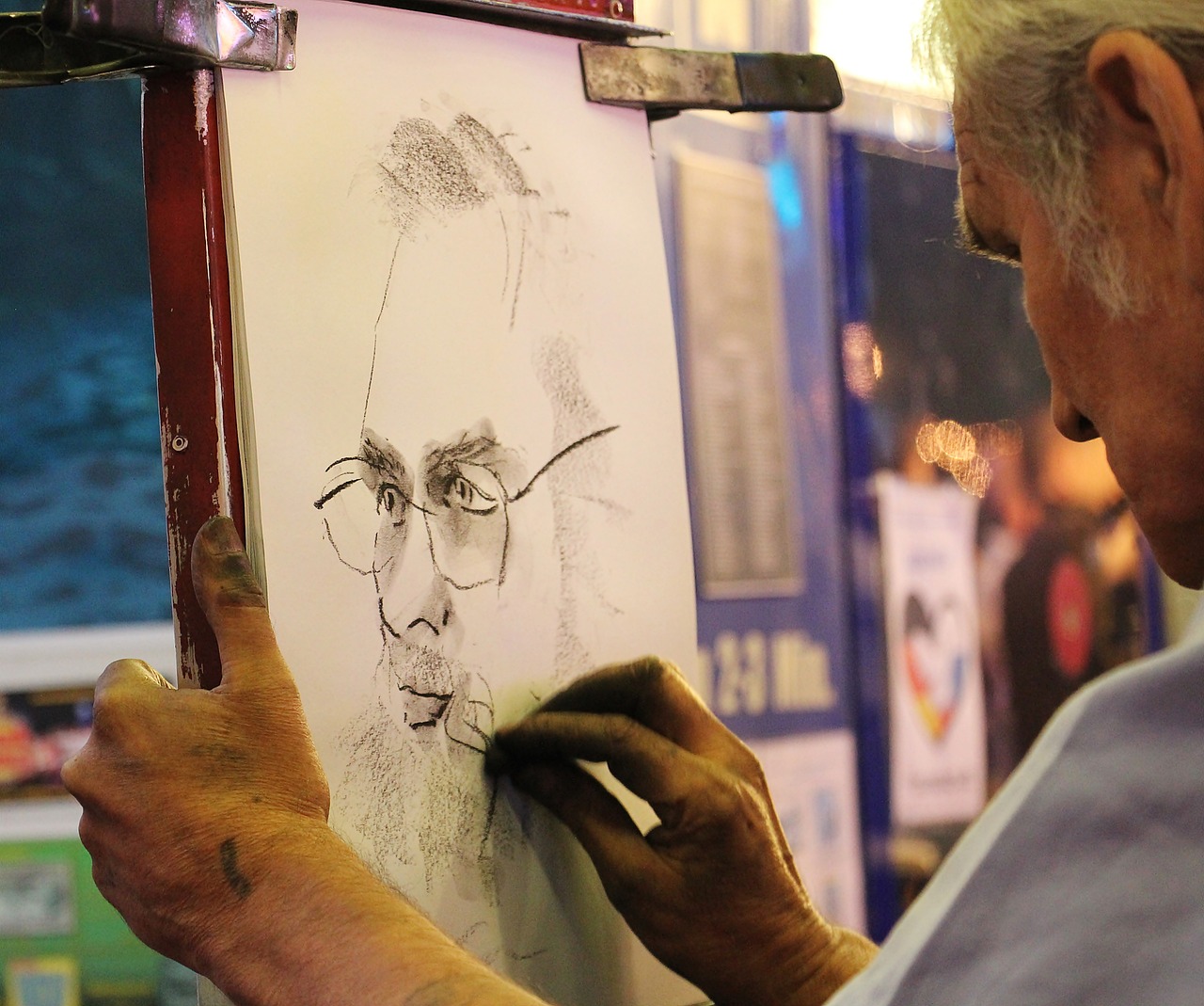
Traditional Techniques
When it comes to developing your own drawing style, serve as the bedrock of artistic expression. Think of these methods as the roots of a tree; they provide stability and nourishment as you grow into your unique artistic identity. Techniques such as pencil drawing, charcoal sketching, and ink work have stood the test of time, offering a classic foundation that artists have relied upon for centuries.
Using pencil, for instance, allows for a range of shading possibilities and fine details. The beauty of pencil lies in its versatility; whether you prefer the soft, smudged lines of a 2B pencil or the crisp precision of an H pencil, each choice contributes to your evolving style. Charcoal, on the other hand, introduces a dramatic flair with its rich blacks and ability to create deep contrasts. Artists often use charcoal to convey intense emotions, making it a powerful tool in your artistic arsenal.
Incorporating ink into your practice can also elevate your work. The sharpness of ink lines can create a striking visual impact, and techniques such as cross-hatching can add depth and texture. Here’s a quick breakdown of traditional techniques you might want to explore:
| Technique | Description | Tools |
|---|---|---|
| Pencil Drawing | Allows for fine details and shading variations. | Graphite pencils, erasers, blending stumps |
| Charcoal Sketching | Provides rich blacks and deep contrasts, ideal for expressive art. | Charcoal sticks, compressed charcoal, fixative |
| Ink Work | Sharp lines and high contrast, often used for detailed illustrations. | Ink pens, brushes, dip pens |
By mastering these traditional techniques, you not only build a solid foundation but also gain the freedom to experiment with your personal style. As you become more comfortable with these methods, you might find yourself blending them together, creating a hybrid style that is distinctly yours. Remember, every artist has a unique journey, and your exploration of traditional techniques is a vital part of that path. So grab your pencils, charcoal, and ink, and let your creativity flow!
- What are the best materials for beginners? Start with basic graphite pencils, sketch paper, and an eraser. As you progress, explore charcoal and ink.
- How often should I practice traditional techniques? Aim for at least a few times a week. Regular practice helps build muscle memory and confidence.
- Can I mix traditional and modern techniques? Absolutely! Many artists find that combining styles enhances their work and leads to unique outcomes.
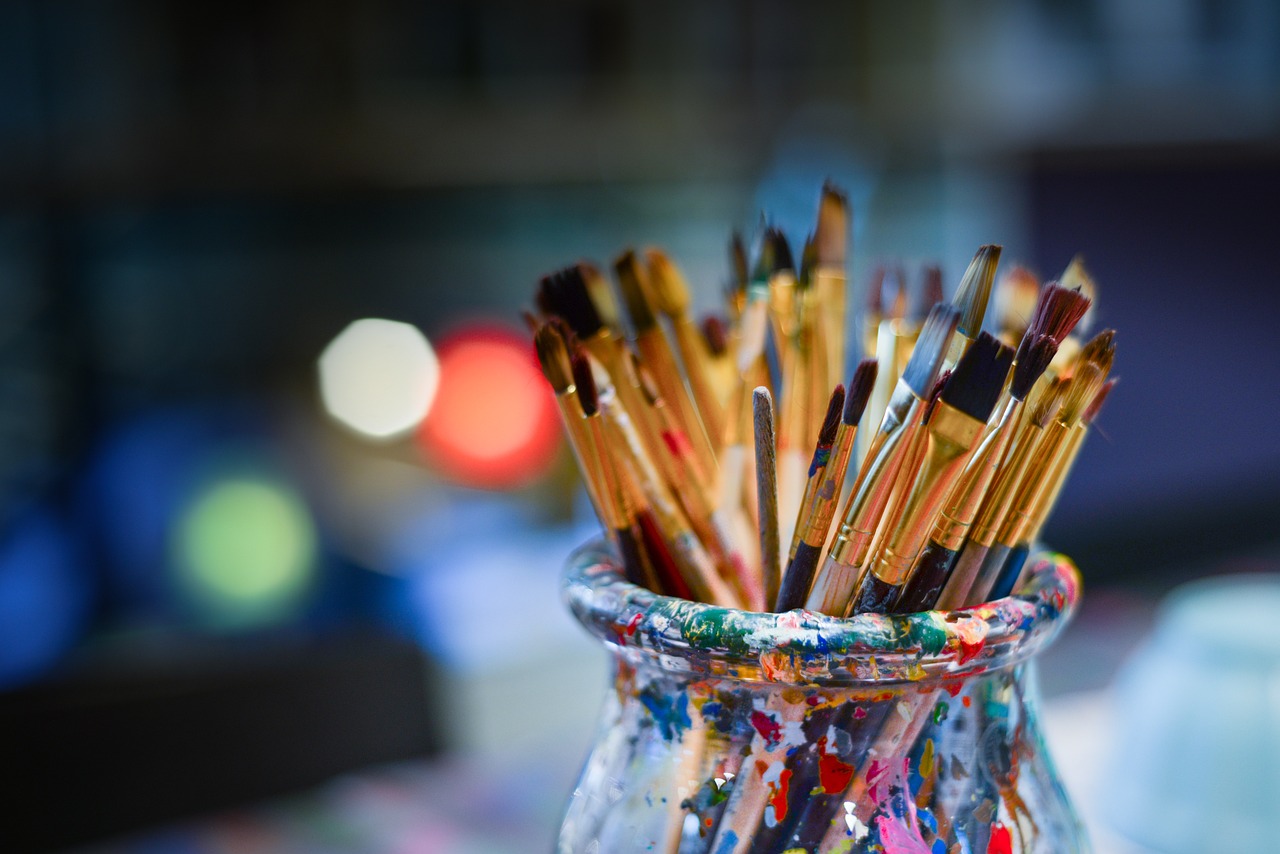
Modern Techniques
In today's fast-paced world, have revolutionized the way artists create and express themselves. With the advent of technology, digital drawing has emerged as a powerful tool that opens up a realm of creative possibilities. Imagine being able to sketch, erase, and manipulate your artwork with just a few clicks! This flexibility not only enhances your artistic expression but also allows for experimentation without the fear of wasting materials.
One of the most exciting aspects of modern drawing techniques is the use of software and applications designed specifically for artists. Programs like Adobe Photoshop, Procreate, and Corel Painter offer a variety of brushes and tools that mimic traditional media, while also providing features unique to the digital realm. For instance, you can easily adjust opacity, layer your drawings, and even create animations. These capabilities can lead to a more dynamic and engaging artistic style.
Moreover, digital platforms allow for seamless sharing and collaboration. Artists can connect with others around the globe, receive instant feedback, and even participate in online challenges that push their creative boundaries. This interactive environment fosters a sense of community and encourages artists to explore styles they may not have considered before.
However, it's important to remember that while modern techniques offer incredible advantages, they should complement rather than replace traditional methods. Many artists find that combining both traditional and digital techniques creates a unique fusion that enhances their work. For example, you might start with a pencil sketch on paper, scan it into a digital format, and then use software to add color and texture. This blend not only showcases your versatility but also helps in developing a distinctive style that reflects your personality.
To illustrate the impact of modern techniques, consider the following table that compares traditional and digital drawing methods:
| Aspect | Traditional Drawing | Digital Drawing |
|---|---|---|
| Flexibility | Limited; mistakes require starting over | Highly flexible; easy to undo and edit |
| Materials | Requires physical materials (paper, pencils, etc.) | Only requires a device and software |
| Sharing | Physical portfolios; slower sharing | Instant sharing on social media and platforms |
| Experimentation | Time-consuming to try new techniques | Quick experimentation with various styles and tools |
In conclusion, embracing modern techniques can significantly enhance your drawing style and artistic journey. By integrating digital methods with traditional practices, you can create a unique blend that not only showcases your skills but also allows for greater experimentation and expression. So, why not dive into the world of digital art and see how it can transform your creative process?
- What software is best for beginners in digital drawing?
There are several user-friendly options like Procreate for iPad and Krita for desktops that are great for beginners.
- Can I develop a unique style using only digital techniques?
Absolutely! Many artists have successfully developed their styles using solely digital methods, though blending traditional techniques can add depth.
- How can I practice digital drawing effectively?
Set aside regular time for practice, explore online tutorials, and participate in digital art challenges to refine your skills.

Mixed Media Approaches
When it comes to developing a unique drawing style, embracing can be a game changer. Imagine blending the fluidity of watercolor with the precision of ink, or the texture of charcoal with the vibrancy of colored pencils. The beauty of mixed media lies in its ability to create depth, texture, and a whole new dimension to your artwork. By combining different materials, you not only enrich your visual language but also discover unexpected synergies that can lead to a more distinctive artistic voice.
Consider how the layering of various mediums can transform a simple drawing into a complex narrative. For instance, starting with a charcoal sketch can provide a strong foundation, while adding watercolor washes can infuse life and color into your work. You might find that the roughness of pastels complements the smoothness of digital elements, creating a captivating contrast that draws viewers in. This interplay of textures and techniques can evoke emotions and provoke thoughts, making your artwork more engaging.
Here are a few mixed media combinations to inspire your creative journey:
- Ink and Watercolor: Use ink for sharp outlines and watercolor for soft, flowing colors.
- Collage with Drawing: Incorporate photographs or magazine cutouts into your sketches for a contemporary feel.
- Charcoal and Pastel: Start with charcoal for bold outlines, then add pastels for vibrant highlights.
Don't be afraid to experiment! The beauty of mixed media is that there are no strict rules. You can try layering, blending, or even incorporating unconventional materials like fabric or sand. Each new material can add a different flavor to your work, allowing you to express your individuality in ways you may not have thought possible. Keep in mind that the goal is to create something that resonates with you personally, so let your intuition guide you as you explore.
Moreover, mixed media techniques often encourage a sense of playfulness. When you allow yourself to step outside the boundaries of traditional drawing, you might find that your creativity flourishes. It’s like being a kid again, where the act of creating is more about exploration and less about perfection. This freedom can lead to surprising discoveries in your style, pushing you to evolve and grow as an artist.
In summary, embracing mixed media approaches is not just about combining different techniques; it’s about opening up a world of possibilities that can significantly enhance your artistic expression. So grab your supplies, get messy, and let your creativity run wild!
What is mixed media in drawing?
Mixed media in drawing refers to the use of two or more different artistic mediums in a single artwork. This can include combinations like pencil and ink, watercolor and collage, or digital and traditional techniques.
How can I start experimenting with mixed media?
Begin by gathering various materials you enjoy working with. Start small by layering different mediums on a single piece of paper, and don’t hesitate to make mistakes—each one can lead to new discoveries!
Are there specific techniques I should know for mixed media?
While there are no hard and fast rules, techniques like layering, blending, and using texture can enhance your mixed media creations. Experimentation is key, so find what works best for you!
Can mixed media be used in digital art?
Absolutely! Digital mixed media can involve combining digital painting with scanned textures, photographs, or even hand-drawn elements. The digital realm offers endless possibilities for creating unique styles.

Finding Inspiration
Finding inspiration is like hunting for treasure; sometimes it’s hidden in the most unexpected places. As an artist, tapping into your creative wellspring can be the difference between a blank canvas and a masterpiece. Inspiration can come from everywhere—nature, art history, and even the hustle and bustle of everyday life. It's essential to keep your eyes and mind open to the world around you. For instance, a walk in the park might reveal the delicate interplay of light and shadow, while a visit to a museum can ignite a passion for a particular art movement.
One of the most effective ways to draw inspiration is to immerse yourself in the works of others. This doesn't mean copying their styles but rather understanding the emotions and techniques behind their creations. You might find that a particular artist's use of color resonates with you, or perhaps their subject matter sparks a new idea. Think of it as a conversation with the past; every artwork has a story to tell, and you can learn so much from those who have come before you.
Moreover, seeking inspiration from your surroundings can lead to unique artistic expressions. Consider keeping a sketchbook handy to jot down ideas or doodle while you’re out and about. You never know when a fleeting moment might ignite a spark of creativity. Whether it’s the vibrant colors of a sunset or the intricate patterns of a leaf, these small observations can transform into significant artistic elements in your work.
Additionally, let’s not forget the power of collaboration. Engaging with fellow artists can open up new avenues of inspiration. Discussing your ideas and processes with others can lead to unexpected insights and fresh perspectives. You might even find that working on a joint project can help you break through creative blocks and discover new facets of your drawing style.
Inspiration can also be found in the most mundane aspects of life. Here are a few everyday sources to consider:
- Nature: The changing seasons, landscapes, and wildlife can provide endless material for your artwork.
- Art History: Studying different eras and styles can help you find what resonates with you.
- Contemporary Artists: Following modern artists on social media platforms can expose you to new techniques and ideas.
- Personal Experiences: Your own life story can be a rich source of inspiration; don’t hesitate to draw from your emotions and experiences.
Remember, the key to finding inspiration is to remain curious and open-minded. Allow yourself to explore different avenues and embrace the journey of discovery. Inspiration is not a finite resource; it’s a well that can be replenished over time. So, go ahead and dive into your surroundings, engage with fellow artists, and most importantly, trust your instincts. Your unique drawing style is waiting to be unveiled, and inspiration is the first step on that exciting journey!
Q: How can I find inspiration if I feel stuck?
A: Try changing your environment. A walk in nature, visiting a gallery, or even browsing art online can help spark new ideas. Remember, inspiration can come from anywhere!
Q: Is it okay to be inspired by other artists?
A: Absolutely! Learning from others is a part of the artistic process. Just ensure you’re not copying their work directly; instead, let their techniques and themes inspire you to create something uniquely yours.
Q: How often should I seek inspiration?
A: There’s no set frequency; it should be a regular part of your creative process. Make it a habit to explore new sources of inspiration whenever you feel your creativity waning.
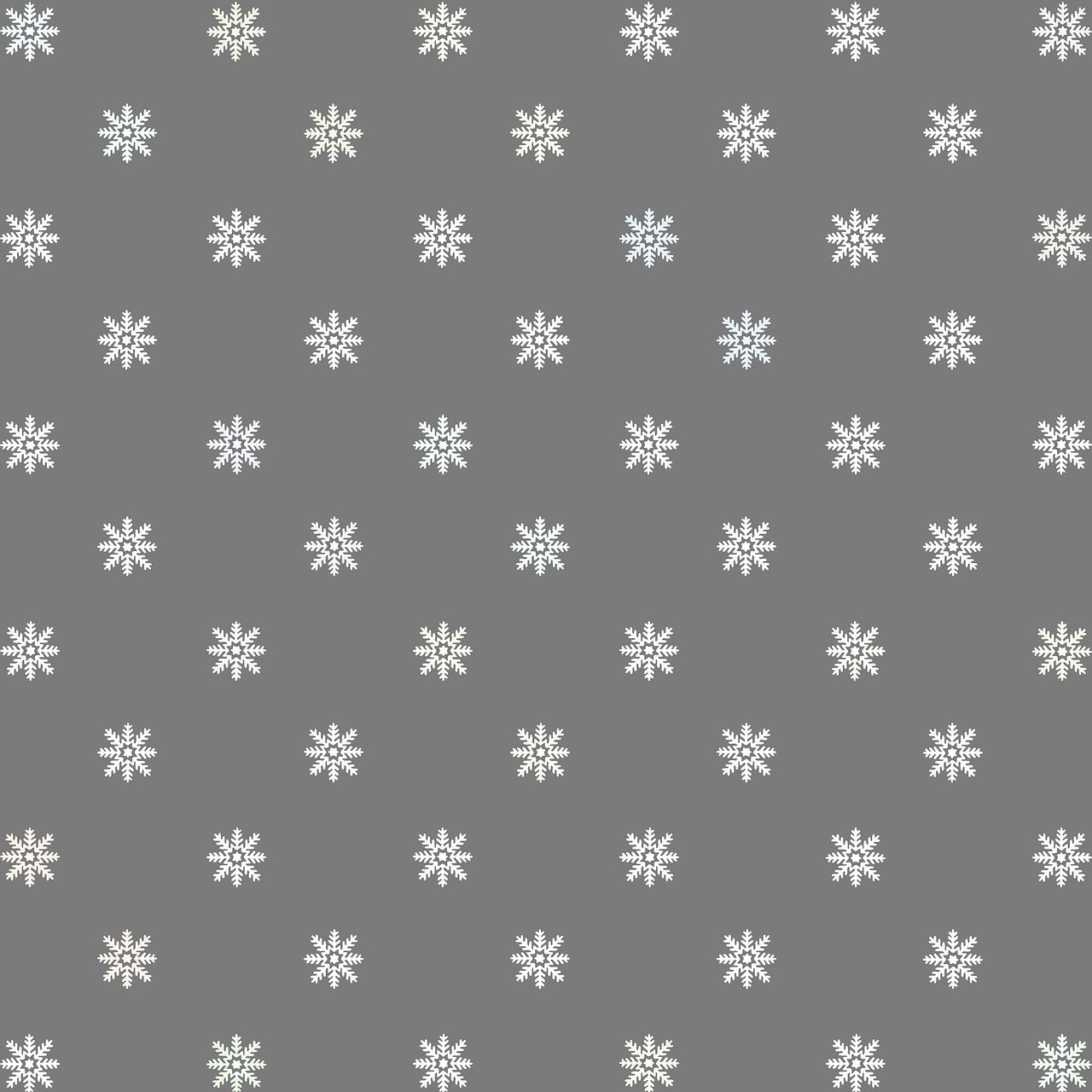
Practicing Regularly
When it comes to developing your own drawing style, consistent practice is not just a suggestion; it's a necessity! Think of it like training for a marathon: you wouldn't expect to run 26.2 miles without putting in the miles beforehand, right? The same principle applies to honing your artistic skills. Regularly setting aside time to draw not only helps you refine your techniques but also allows your unique style to emerge organically. It's in those moments of quiet practice that you can experiment, make mistakes, and discover what truly resonates with you.
To make the most of your drawing practice, consider establishing a routine that fits your lifestyle. You might choose to draw every day, or perhaps a few times a week. The key is to find a rhythm that feels comfortable yet challenging. Here are some tips to help you integrate drawing into your daily life:
- Set a Schedule: Dedicate specific times during the week solely for drawing. Treat it like an important appointment you can't miss!
- Create a Comfortable Space: Find a cozy corner in your home or a quiet spot in a café where you can immerse yourself in your art without distractions.
- Keep Supplies Handy: Have your drawing materials easily accessible. This way, you can jump into drawing whenever inspiration strikes!
Moreover, don’t shy away from experimenting with new ideas during your practice sessions. Maybe you want to try a different medium or explore a new subject matter. Every time you pick up your pencil or stylus, think of it as an opportunity to uncover new facets of your artistic voice. Even if a session doesn’t yield a masterpiece, it contributes to your growth, and that’s what matters most.
As you practice regularly, it's also important to remember that progress takes time. You won't see immediate results, and that's perfectly okay! Instead of focusing solely on the outcome, try to enjoy the process. Engage with your work, reflect on what you like, and what you want to improve. Over time, you'll begin to see your personal style emerge, shaped by your unique experiences and insights.
To track your journey effectively, consider keeping a sketchbook or a digital folder where you can store your drawings. This will not only help you monitor your progress but also give you a chance to revisit your earlier works. You might be surprised at how much you’ve grown over a few months! Plus, looking back can provide valuable insights into your evolving style, showing you how your artistic voice has developed.
In conclusion, practicing regularly is essential for any artist looking to cultivate their own drawing style. Embrace the journey, stay committed, and remember that every stroke of your pencil is a step closer to finding your unique artistic expression.

Setting Goals
When it comes to developing your own drawing style, setting clear and achievable goals is essential. Think of your artistic journey as a road trip; without a destination, you might find yourself wandering aimlessly. By establishing specific goals, you can create a roadmap that guides you toward your desired artistic expression. So, how do you go about setting these goals? First, consider what aspects of your drawing style you want to focus on. Are you looking to improve your technique, explore new mediums, or perhaps develop a more cohesive theme in your artwork?
It's helpful to break your goals down into smaller, manageable milestones. For example, you might set a goal to practice drawing for at least 30 minutes every day, or to complete a certain number of sketches each week. These smaller goals can build up to larger objectives, such as creating a series of pieces that reflect your unique style. Remember, the key is to make your goals SMART—Specific, Measurable, Achievable, Relevant, and Time-bound. This approach not only provides clarity but also helps you stay motivated as you track your progress.
Another effective strategy is to incorporate a variety of goals that cater to different aspects of your artistic practice. Here’s a quick breakdown to consider:
- Technical Goals: Focus on improving specific skills, like shading or perspective.
- Creative Goals: Challenge yourself to experiment with new styles or mediums.
- Project Goals: Plan to complete a specific number of drawings or a themed series.
- Reflective Goals: Set aside time to review and analyze your past works to identify growth areas.
As you embark on this goal-setting journey, don't forget to celebrate your achievements, no matter how small. Acknowledging your progress not only boosts your confidence but also fuels your passion for drawing. So, whether you’ve completed a challenging piece or simply dedicated time to sketching, take a moment to appreciate your efforts. In the end, the journey of developing your drawing style is just as important as the final destination.
Lastly, it’s crucial to remain flexible with your goals. As you evolve as an artist, your interests and aspirations may change. Don’t hesitate to revisit and adjust your goals to reflect your current artistic vision. Embrace the process, and remember that each stroke of your pencil is a step toward discovering your unique drawing style.
- How often should I set new goals for my drawing practice? It's beneficial to review and set new goals every few months, or whenever you feel your artistic direction is shifting.
- What if I don’t achieve my goals? Don’t be discouraged! Use it as an opportunity to reflect on what might have held you back and adjust your approach accordingly.
- Can I share my goals with others? Absolutely! Sharing your goals with friends or fellow artists can provide accountability and support.
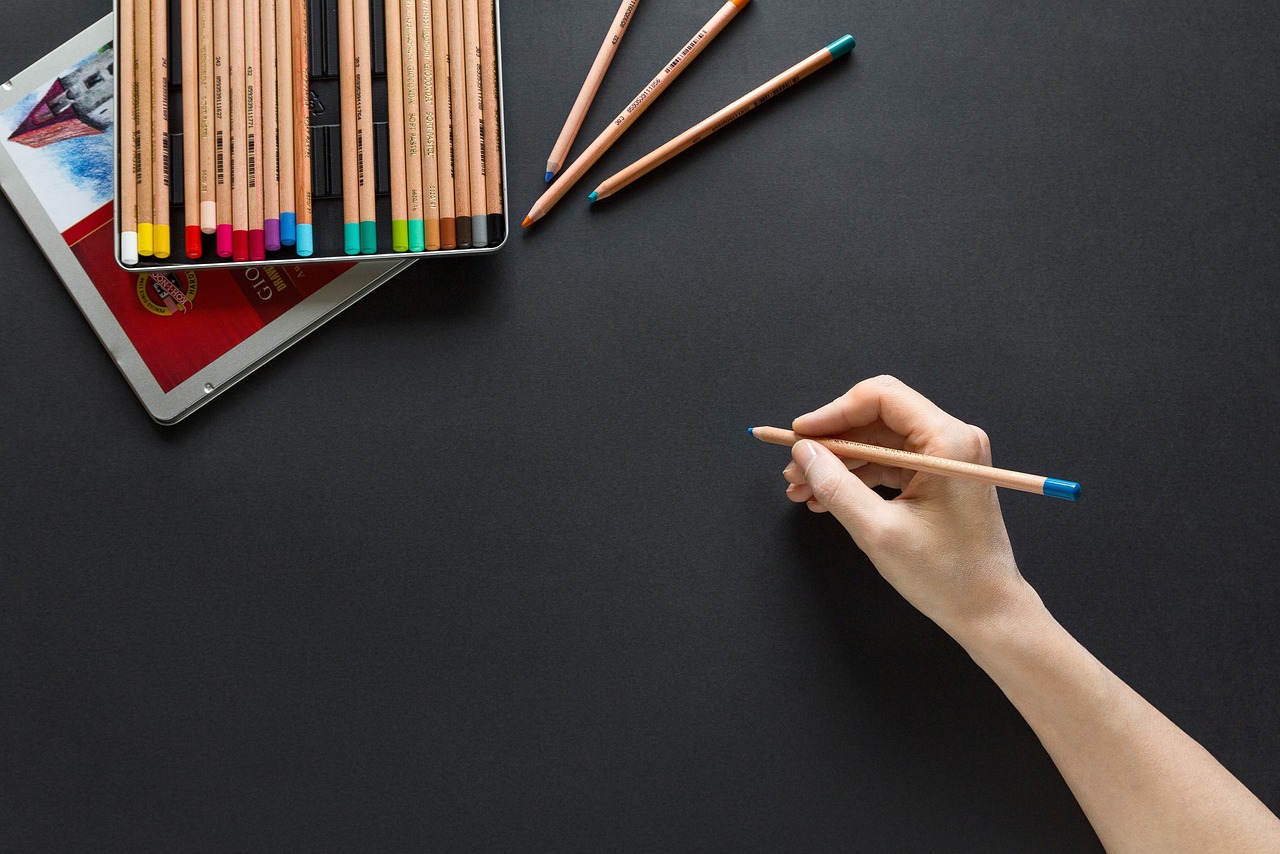
Tracking Progress
Tracking your progress as an artist is like keeping a diary of your creative journey. It allows you to look back and see how far you've come, which can be incredibly motivating. Imagine starting with a blank canvas and gradually filling it with your unique style—each piece tells a story of your growth. Whether you’re doodling in a sketchbook or creating intricate illustrations, documenting your work helps you identify patterns in your development and refine your techniques.
One effective way to track your progress is by maintaining a dedicated sketchbook. This sketchbook can serve as a visual journal where you can experiment freely without the pressure of perfection. You might want to include:
- Daily sketches that reflect your mood or thoughts.
- Notes on techniques you tried and what you learned from them.
- Comparative sketches to see how your style evolves over time.
In addition, consider taking photos of your artwork at various stages. This visual documentation can be a powerful tool for reflection. You’ll be amazed at how much you improve when you can visually see your progress side by side. Create a simple table to log your pieces, noting the date, technique used, and your thoughts on each work. Here’s a quick example:
| Date | Artwork Title | Technique | Reflection |
|---|---|---|---|
| 2023-10-01 | Sunset Dreams | Watercolor | Felt more confident with color blending. |
| 2023-10-15 | Urban Jungle | Ink & Marker | Experimented with line weight; need to work on shadows. |
By regularly reviewing your sketches and notes, you can spot trends in your work that you may want to explore further or areas where you might need improvement. It’s like having a roadmap for your artistic journey, guiding you toward your goals with clarity. Plus, celebrating small victories along the way can boost your morale and keep your passion for drawing alive.
So, don’t underestimate the power of tracking your progress. It’s not just about the end result; it’s about appreciating the process and the evolution of your artistic voice. Remember, every artist was once a beginner, and each stroke you make is a step toward discovering your unique style.
Q: How often should I track my progress?
A: It's beneficial to track your progress regularly, whether that’s daily, weekly, or monthly, depending on your schedule. The key is consistency.
Q: What should I do if I don’t see improvement?
A: Improvement can be slow and sometimes unnoticeable. Focus on specific techniques, seek feedback, and remember that every artist progresses at their own pace.
Q: Can I use digital tools to track my progress?
A: Absolutely! Digital tools like apps or online portfolios can help you organize and showcase your artwork effectively.
Q: Is it necessary to keep a sketchbook?
A: While it’s not mandatory, a sketchbook can be an invaluable tool for experimentation and tracking your artistic evolution.
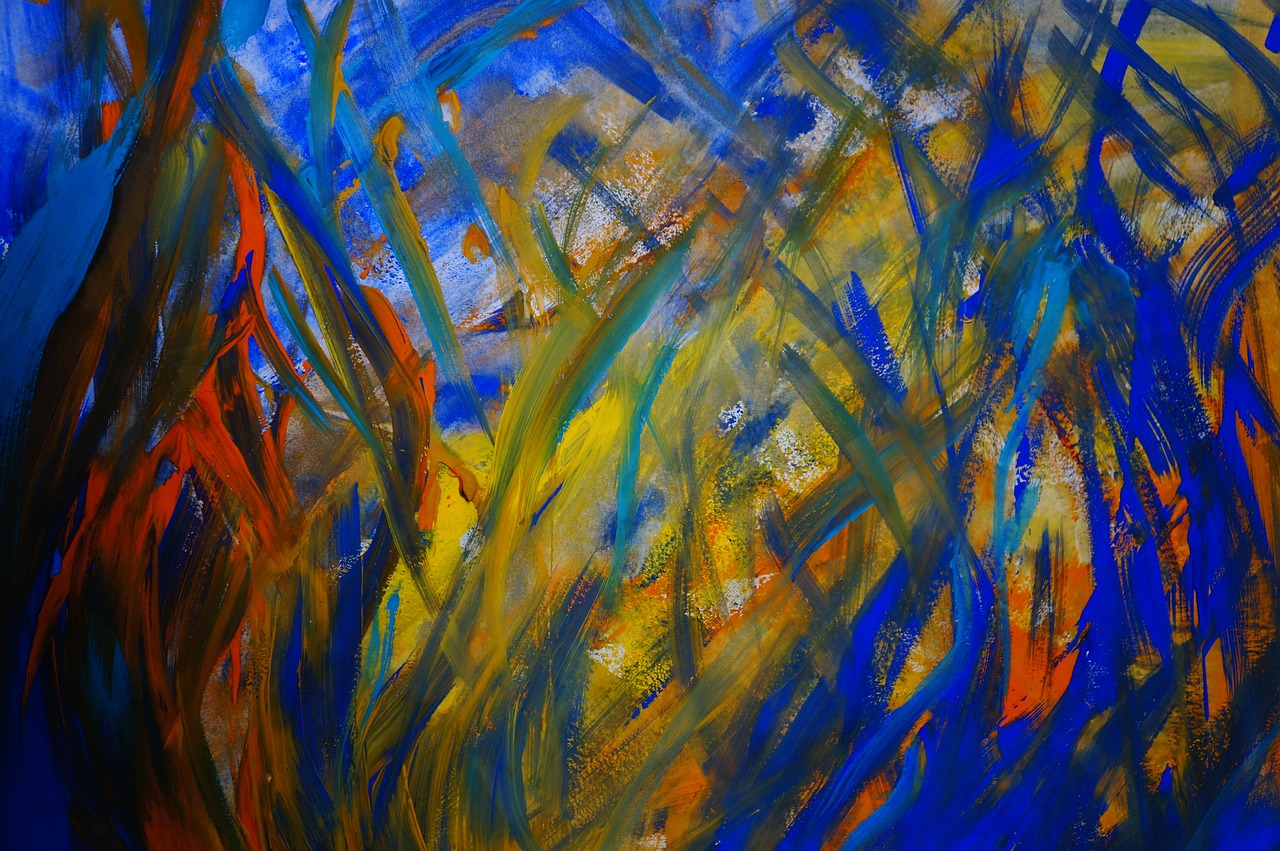
Seeking Feedback
Feedback is like the secret sauce in the recipe of artistic growth. It’s that extra ingredient that can turn a good dish into a gourmet masterpiece. When it comes to developing your own drawing style, seeking constructive feedback is not just beneficial—it's essential! Engaging with others can help you see your work from a different perspective, unveiling aspects you might not have noticed. Think about it: you’re so close to your artwork that it’s like trying to read a book while standing too close to the page. Feedback helps you step back and gain clarity.
So, where do you start? First, consider who you want feedback from. It could be fellow artists, mentors, or even friends who appreciate art. Each person will bring their unique viewpoint to the table, enriching your understanding of your work. When you approach someone for feedback, be specific about what you’re looking for. Are you curious about your use of color? Or maybe you want to know if your character designs resonate with viewers? The more specific you are, the more useful the feedback will be.
It's also important to create a safe space for feedback. Encourage honesty by letting your reviewers know that you value their opinions and that constructive criticism is welcome. Remember, the goal is to improve, not to collect compliments. To facilitate this process, consider asking the following questions:
- What do you think works well in this piece?
- Are there any areas that feel off or could be improved?
- How does this piece make you feel?
Once you receive feedback, take a moment to digest it. It’s easy to feel defensive about your work, but remember that every piece of feedback is a stepping stone toward growth. Analyze the comments and see which ones resonate with you. Not all feedback will be relevant, and that’s okay! Use your intuition to filter through the suggestions and keep what aligns with your artistic vision.
Additionally, consider documenting the feedback you receive. Keeping a journal or a digital record can help you track your artistic evolution over time. You might notice patterns in the feedback that can guide your future projects. For instance, if multiple people mention that your character expressions are lacking, that’s a clear area to focus on in your practice. Over time, this documentation will serve as a valuable resource, showing you how far you’ve come and what skills you’ve honed.
Finally, don’t forget to return the favor! Engaging with other artists by providing feedback on their work not only strengthens your community but also enhances your own understanding of art. It’s a two-way street: as you help others grow, you’ll find your own skills and insights sharpened in the process. So, roll up your sleeves and dive into the vibrant world of feedback—it's an adventure that can transform your artistic journey!
| Question | Answer |
|---|---|
| How do I find people to give me feedback on my art? | Consider joining local art groups, online forums, or social media platforms dedicated to art. Websites like DeviantArt, ArtStation, or even Instagram can be great places to connect with fellow artists. |
| What if I receive negative feedback? | Negative feedback can be tough to swallow, but it’s an opportunity for growth. Try to view it as constructive criticism and use it to improve your skills. |
| How often should I seek feedback? | It’s beneficial to seek feedback regularly, especially after completing a series of works or projects. This will help you track your progress and refine your style over time. |
Frequently Asked Questions
- What is a drawing style?
A drawing style is a unique way of expressing your artistic vision through your artwork. It encompasses the techniques, materials, and personal flair that make your drawings distinct and reflective of your personality.
- How can I find my own drawing style?
Finding your own drawing style is about exploration and experimentation. Try different techniques, study various artists, and pay attention to what resonates with you. Over time, your preferences will emerge, guiding you toward a style that feels authentic.
- Why is practicing regularly important?
Regular practice is crucial because it helps you refine your skills and build confidence. Just like any other skill, drawing improves with consistent effort. Setting aside dedicated time for drawing allows you to experiment and grow as an artist.
- What are some traditional drawing techniques I should try?
Some traditional drawing techniques include pencil shading, charcoal drawing, and ink sketching. These methods provide a solid foundation and can be combined with modern techniques to create a unique artistic voice.
- How can I incorporate mixed media into my drawings?
Incorporating mixed media involves combining different materials, such as watercolor, ink, and collage elements. This approach adds depth and texture to your drawings, allowing for more creative expression and a distinctive style.
- Where can I find inspiration for my drawings?
Inspiration can be found everywhere! Nature, art history, contemporary artists, and even everyday life can spark ideas. Keep a sketchbook handy to jot down thoughts and observations that inspire you.
- What role does feedback play in developing my style?
Constructive feedback is essential for growth. It provides fresh perspectives on your work and helps you identify strengths and areas for improvement. Don't hesitate to seek input from peers, mentors, or art communities.
- How can I track my progress as an artist?
Keeping a record of your drawings is a great way to observe your evolution. Consider maintaining a sketchbook or a digital portfolio where you can document your work over time, allowing you to see how far you've come and what you want to improve.



















